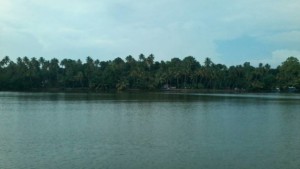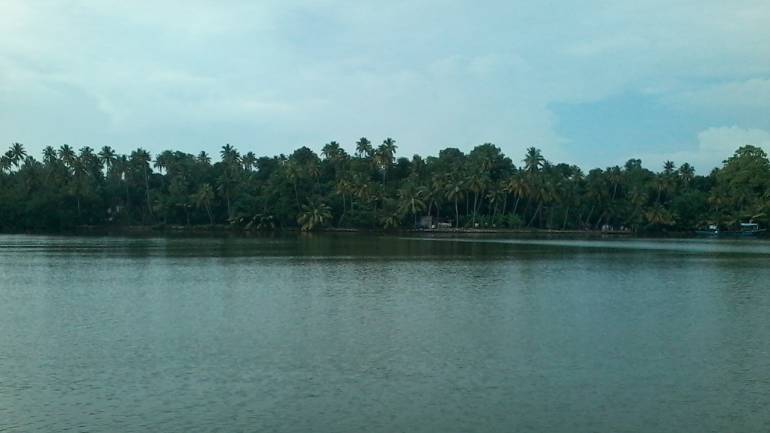 KOCHI: People living in sinking tiny backwater islands in southern Kerala hope that an innovative housing system coming up there would end the threat of displacement arising out of inundation due to global warming.
KOCHI: People living in sinking tiny backwater islands in southern Kerala hope that an innovative housing system coming up there would end the threat of displacement arising out of inundation due to global warming.
An eco-friendly amphibious housing model is being developed by a group of architects for poor and vulnerable people, who live in constant fear of floods in Munroe Thuruth islands in Kollam district.
The project is being implemented on a pilot basis by the CPI (M), Kerala’s ruling political party.
CPI (M) politburo member S Ramachandran Pillai laid the foundation stone for first such amphibious house at Munroe Thuruth, which is a group of some tiny islands formed by backwaters of scenic Ashtamudi Lake and Kallada river.
Panchayat authorities said they were seeking a solution for providing affordable housing for people in the shrinking tiny islands, ranging from one acre to over one hectare.
CPI (M) leader and former Rajya Sabha member K N Balagopal, who took the initiative to address the housing problem in Munroe Thuruth, said the party discussed the idea of amphibious house as water level was going up in some islands due to climate change.
“People find it very difficult to survive in such islands as saline water has invaded their houses. So we thought about a housing scheme which can provide living facilities for them both at the time of water logging and normal conditions, Balagopal told PTI.
He said the roofs, floors and walls of the amphibious houses are built with lightweight material. Their architectural features would help survive in islands’ adverse climatic conditions.
These houses can be designed to float with the rising water or constructed on stilts, he said.
“It is a new concept in India”, former Union Environment Minister Jairam Ramesh said, hailing the initiative to provide safe housing solutions for the affected people in the area.
“Politics aside, it appears a very interesting and innovative idea. I hope there has been professional involvement”, the senior Congress leader told PTI when his attention was drawn to the move by the CPI (M).
Noted climate expert Chandra Bhushan said that in an era of climate change, ways have to be evolved to adapt to sea level rise.
“What I appreciate about this pilot project is that it is trying to find out whether we can live on inundated lands or not. We will get to learn many things from this like material and energy intensity of construction, management of water and waste,” said Bhushan, who is also deputy director general of the New Delhi-based Centre for Science and Environment (CSE).
He said the bottom line is any climate adaptation project should not cause more ecological destruction.
“The project proponents should keep this in mind”, Bhushan said.
Balagopal said he approached Kollam Centre of Indian Institute of Architects (a national body of architects) seeking a solution for the issue of housing problem in waterlogged islands.
“There was an urgent need for experts to come together to find a solution to make this beautiful region habitable,” said Niranjan Das Sharma of Indian Institute of Architects.
He said they examined the area and found that it is waterlogged and saline. It was also found that the islands are sinking and tidal flooding lasts very long.
“We proposed two strategies. One, to restore the existing structures and the second, to propose a prototype”, he said.
The structures to be made demanded some special characteristics, apart from the basic need of a house. They have to survive prolonged tidal flooding, rapid sinking and resistance to saline atmosphere, Sharma said.
He said one plan was to build an elevated structure using coconut tree trunks, locally available in plenty, floor platform with steel frame protected with epoxy paint, steel frame/wooden frame cavity wall using fibre cement boards and perforated steel windows.
This would be again raised by about three to four feet above ground to deal with rising water, he said. PTI







